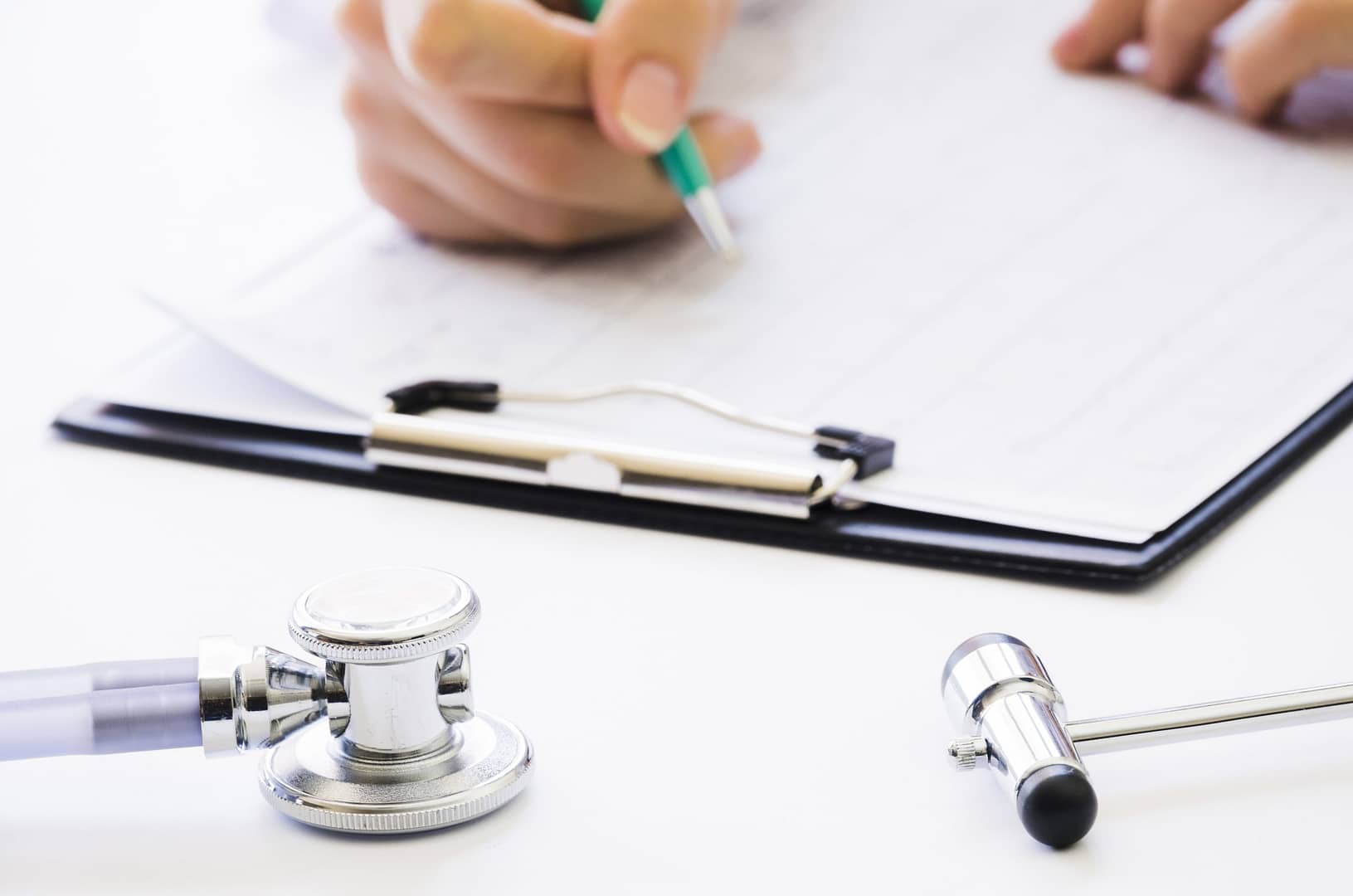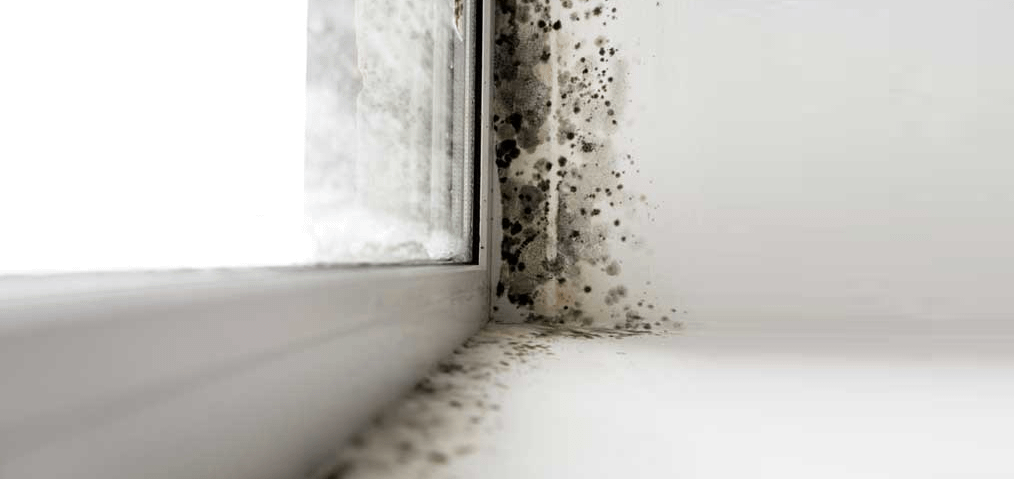Falls can be unexpected and unsettling, causing various degrees of harm to individuals. In the United Kingdom, falls are a significant cause of serious injuries, with a substantial impact on the health and well-being of people across the nation. In this article, we will explore the prevalence of falls and their contribution to serious injuries, shedding light on the gravity of the issue. Additionally, we will delve into the most serious injuries that can result from falls, highlighting the importance of preventive measures and awareness.
The Prevalence of Falls and Serious Injuries
Falls are alarmingly common and account for a substantial proportion of injuries in the UK. According to statistics, falls are the leading cause of accidents, responsible for a significant number of hospital admissions each year. These incidents can occur in a variety of settings, such as homes, workplaces, public spaces, and even during recreational activities. It is crucial to recognize the widespread occurrence of falls to understand the urgency of addressing this issue.
When examining the prevalence of falls, it becomes evident that certain age groups are more susceptible to such accidents. The elderly, in particular, face a higher risk of falling due to factors like decreased balance, muscle weakness, and impaired vision. As a result, falls are a prevalent cause of injuries among older adults, often leading to severe consequences.
The Most Serious Injury from a Fall
While falls can result in a range of injuries, some are more severe than others. Among the various types of injuries that can occur, fractures are among the most common and serious. Fractures refer to the breaking of bones and can have long-lasting effects on an individual’s health and mobility.
One of the most severe fractures that can result from a fall is a hip fracture. Hip fractures predominantly affect older adults and can have a profound impact on their quality of life. These fractures often require surgical intervention, extended hospital stays, and intensive rehabilitation. Moreover, individuals who experience hip fractures may face long-term complications, such as decreased mobility, chronic pain, and an increased risk of further falls.
Aside from fractures, falls can also lead to head injuries, which can be equally severe. Traumatic brain injuries (TBIs) are a significant concern resulting from falls, particularly when the head sustains a significant impact. TBIs can range from mild concussions to severe brain damage, and the effects can be long-lasting or even permanent. Recovery from TBIs often involves extensive medical treatment, rehabilitation, and ongoing care, underscoring the gravity of such injuries.
Preventing Falls and Promoting Safety
To mitigate the risk of falls and the resulting serious injuries, it is crucial to prioritize preventive measures and raise awareness about safety precautions. Implementing practical strategies in various settings can significantly reduce the occurrence of falls and their associated harm.
In homes, where many falls occur, simple modifications can make a significant difference. Installing handrails along staircases, improving lighting conditions, and removing potential hazards like loose rugs or cluttered pathways are effective ways to enhance safety. Additionally, regular exercise to improve balance and strength, as well as the use of assistive devices when necessary, can greatly reduce the risk of falls, especially among older adults.
In occupational settings, employers have a responsibility to ensure a safe working environment for their employees. This includes providing appropriate training on workplace hazards, implementing safety protocols, and regularly assessing and addressing potential risks. By prioritizing safety measures and fostering a culture of awareness, the likelihood of falls and serious injuries can be significantly diminished.
Furthermore, public spaces, recreational areas, and healthcare facilities should be designed and maintained with safety in mind. Adequate lighting, non-slip surfaces, and clear signage are essential for preventing falls in these environments. Additionally, raising public awareness about the importance of fall prevention through educational campaigns can contribute to a safer society.

Conclusion
Falls and their contribution to serious injuries in the UK are a significant issue that requires attention, preventive measures, and support for those affected. The prevalence of falls, particularly among the elderly, highlights the urgency of implementing safety measures and raising awareness.
Fractures, such as hip fractures, and traumatic brain injuries are among the most severe consequences of falls, underscoring the need for vigilance and precaution. By modifying environments, promoting regular exercise, and fostering a culture of safety, the risk of falls and their associated injuries can be significantly reduced.
In unfortunate circumstances where falls result in serious injuries, making a slip, trip, and fall claim can provide individuals with the necessary resources for recovery. Consulting with National Claims, gathering evidence, and initiating the claim within the appropriate timeframe are crucial steps in seeking compensation and support.
Through a comprehensive approach that focuses on prevention, awareness, and legal recourse, we can work towards a society where falls and their detrimental effects are minimized, ultimately ensuring the well-being and safety of individuals throughout the UK.
Contact us today to start your claim and be put in touch with one of our claims specialists.
Click below to see why we are one of the most trusted claims management companies in the UK.





